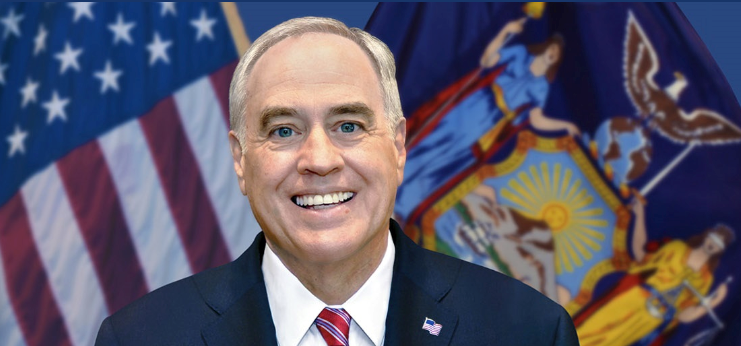Three Metropolitan Transportation Authority (MTA) agencies need to improve their readiness for extreme weather events, an audit released Thursday by New York State Comptroller Thomas P. DiNapoli revealed.
The audit found deficiencies in maintaining and inspecting resiliency equipment and in adhering to weather alert procedures across Bridges & Tunnels (B&T), NYC Transit Department of Buses (Transit Bus), and MTA Bus Company (MTA Bus).
“While the MTA has been funding and implementing capital projects that adapt the transportation system to climate change and extreme weather, and developed plans and procedures to activate for extreme weather-related conditions, these plans are only as good as their execution,” DiNapoli said.
The audit uncovered lapses in required maintenance and inspections of flood protection equipment. Auditors found no records of inspections for 12 flood doors at two B&T tunnels, with broken gasket seals on three doors noted during site visits. Similar issues were found at six bus depots, where only 59 of 336 required inspections of snow removal trucks were documented.
Auditors also discovered that employees at two depots had not been trained to inspect flood mitigation equipment.
Both B&T and Bus Operations have procedures and checklists for extreme weather, but these were not consistently followed. Auditors reviewed 10 extreme weather dates and found gaps in adherence. On July 10, 2020, when Tropical Storm Fay brought gale-force winds and heavy rain, no alerts or mitigation actions were recorded. Additionally, flooding incidents on Aug. 21 and Sept. 1, 2021, occurred without any documented alerts or preparations.
Officials attributed some lapses to weather not being severe enough to trigger alerts and said measures were in place to ensure better compliance in the future.
DiNapoli’s audit made 13 recommendations, including periodic updates to system-wide risk assessments, regular maintenance and inspections of equipment and the creation of procedures to address weather events such as flash floods and tornadoes.
The audit follows efforts made in the wake of Superstorm Sandy, which caused $5 billion in damages to MTA assets in 2012, including severe impacts on the Queens Midtown Tunnel, the Hugh L. Carey Tunnel and six bus depots. While some individual risk assessments and protective measures have been implemented since then, a comprehensive, systemwide approach remains lacking.




